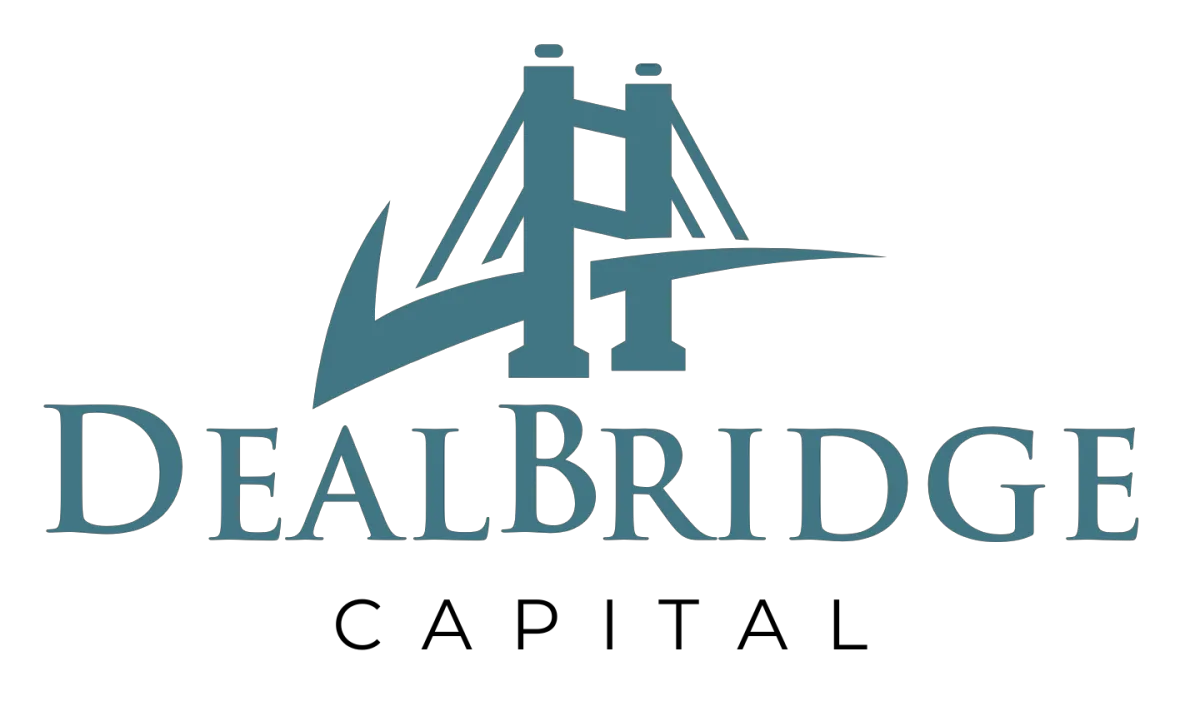deshawn@dealbridgecapital.com
(571) 222-6002
BLOG
BLOG

Active vs. Passive Real Estate Investment: Which Suits You Best?
Active vs. Passive Real Estate Investment: Which Suits You Best?
Jumping into real estate investment is exciting, but with numerous avenues to explore, it can be overwhelming. A primary decision to make is determining whether active or passive investment aligns with your aspirations and lifestyle. This article aims to elucidate both, helping you navigate your journey in the real estate world.
Active Investing Defined:
An active investor plays a direct role in property management. This involves:
Hunting for the right property.
Securing investment funds.
Crafting and executing a business strategy.
Building and overseeing a team.
Regular interactions with property managers.
Handling risks and rectifying mishaps.
Active Investing Advantages:
Complete control over decisions.
Direct insight into operations.
Opportunity for full profit if self-funded.
Active Investing Drawbacks:
The onus of every detail rests on you.
Time-consuming learning process.
Potential for costly mistakes without guidance.
Requires significant time investment.
Team management can be challenging.
Need to establish credibility when seeking external financing.
Predominantly, the risk is yours to bear.
Budget overruns and misjudged expenses can hurt profits.
Passive Investing Unveiled:
Passive investors, often termed limited partners, entrust their money to experienced professionals, akin to buying stocks without managing the company. With multifamily real estate, the tangible asset backing often promises better returns.
Passive Investing Benefits:
A hassle-free approach.
Your capital grows while you focus elsewhere.
Option to diversify across multiple deals or sponsors.
Sponsors have a vested interest in your returns.
Generally, a lower personal risk.
Building rapport with adept sponsors can yield numerous profitable ventures.
Commonly, there's a “preferred return”, prioritizing your profits.
Leverage expert knowledge over personal insight.
Passive Investing Concerns:
Limited influence over business strategies.
Heavy reliance on sponsor trustworthiness.
Must be comfortable delegating and refraining from micromanagement.
Investment Capital: How Much is Needed?
For active investments, the amount varies based on property type and location. Initiating with a hefty mortgage for a single-family home might require just a $10,000 down payment. Ensure you account for contingencies and potential vacancies. For passive investors, typically starting with $50,000 or more is advisable. Syndications target substantial ROI since repeated investments benefit both parties.
Which Approach is Tailored for Me?
Both investment methods necessitate due diligence. If you're attracted to active investment but apprehensive about the commitment, starting passively can acquaint you with the realm. However, if property management doesn't resonate, but the allure of a tangible asset does, passive investment is your ideal route, giving you real estate perks without the steep learning gradient or managerial responsibilities.
Ultimately, real estate investment is accessible to all, but selecting a fitting strategy is crucial. Switching from an active to passive stance can be pricey and stress-inducing. Novices, unless with prior real estate exposure, might find passive investment more comforting. Partner with a reputable syndicator, ensuring open communication.
Keen on delving deeper into passive investment or our forthcoming syndications? Please reach out.
Learn How To Become An Investor With Us
We welcome inquiries from investors seeking multifamily investment opportunities.
Learn How To Become An Investor With Us
We welcome inquiries from investors seeking multifamily investment opportunities.
Contact Information
Location: Richmond, VA
Email: deshawn@dealbridgecapital.com
Phone: (571) 222-6002

DealBridge Capital focuses on sourcing multi-family assets with value-add opportunities in emerging markets in order to grow and protect our passive investors’ capital
©2023 DealBridge Capital. All Rights Reserved.
Contact Information
Location: Richmond, VA
Email: deshawn@dealbridgecapital.com
Phone: (571) 222-6002

DealBridge Capital focuses on sourcing multi-family assets with value-add opportunities in emerging markets in order to grow and protect our passive investors’ capital
©2023 DealBridge Capital. All Rights Reserved.
Privacy Policy I Terms


